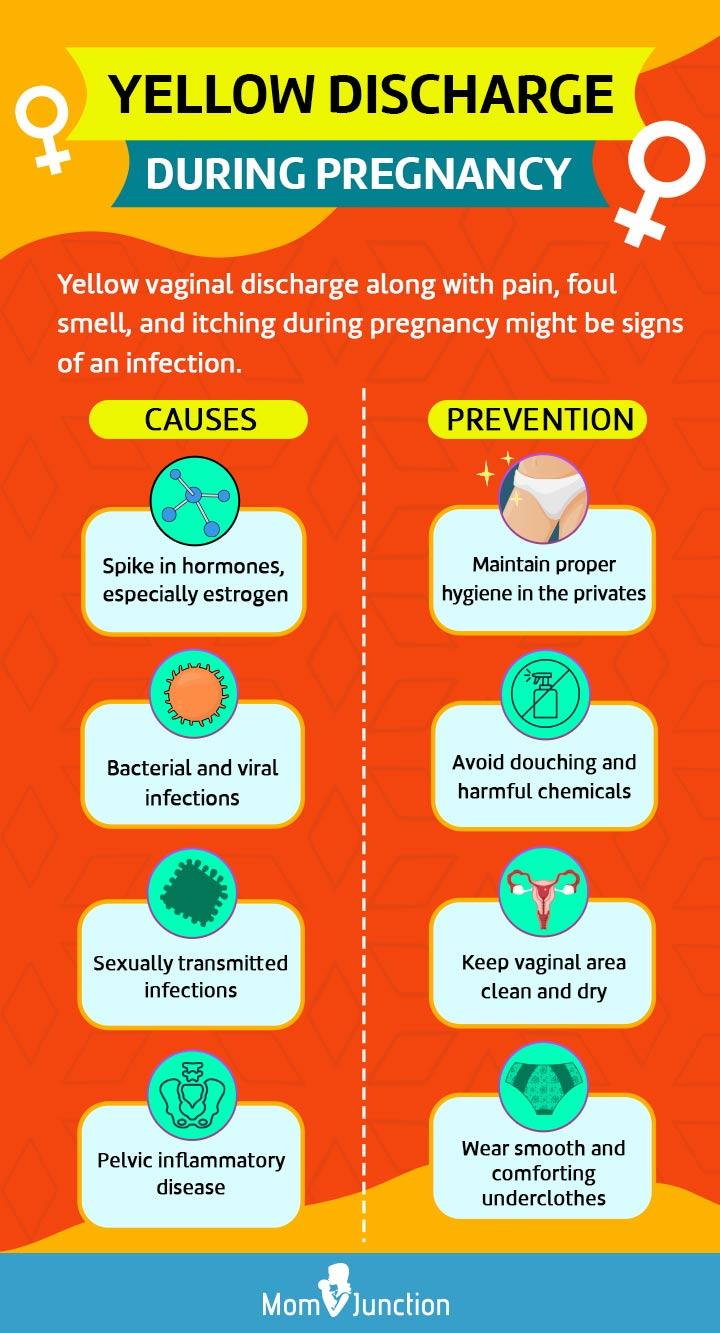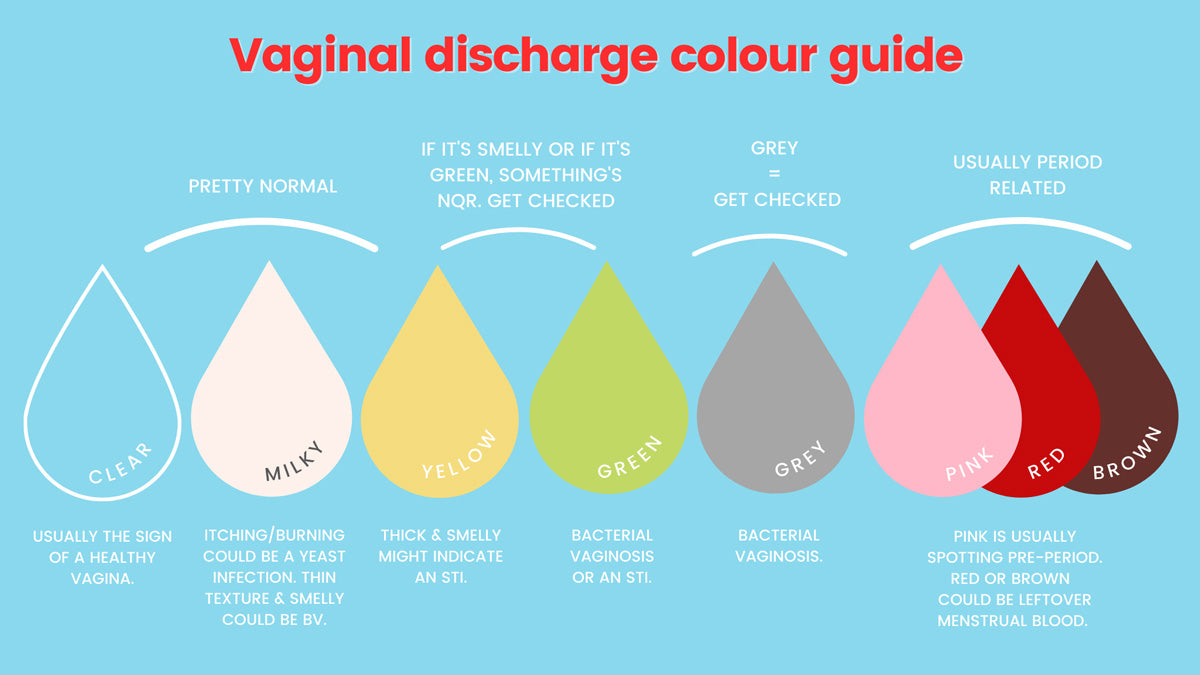Yellowish Discharge After Birth
Yellowish Discharge After Birth - (this postpartum bleeding phase is called lochia serosa.) by about 10 days after the birth, you may have only a small amount of white or. The discharge is typically yellowish or white. Around two to four days after you've given birth, the lochia may be more watery and pinkish. There are three stages of lochia bleeding. It consists of blood, mucus, uterine tissue and other materials from your uterus. Lochia is vaginal discharge after childbirth. The discharge becomes lighter and less noticeable over time. Lochia alba can last for several. When should i be worried about discharge after giving birth? Lochia looks “bloody” at first, which is why it is sometimes referred to.
Lochia looks “bloody” at first, which is why it is sometimes referred to. However, the discharge should not smell foul or fishy. If your discharge has a. Around two to four days after you've given birth, the lochia may be more watery and pinkish. Bloody or yellow discharge after birth may have an odor similar to menstrual blood. It consists of blood, mucus, uterine tissue and other materials from your uterus. When should i be worried about discharge after giving birth? Lochia is vaginal discharge after childbirth. The discharge is typically yellowish or white. There are three stages of lochia bleeding.
Bloody or yellow discharge after birth may have an odor similar to menstrual blood. Lochia alba can last for several. The discharge is typically yellowish or white. Around two to four days after you've given birth, the lochia may be more watery and pinkish. If your discharge has a. When should i be worried about discharge after giving birth? But what is not commonly talked about is the four to six weeks of postpartum bleeding and discharge that occurs after birth, otherwise known as lochia. It consists of blood, mucus, uterine tissue and other materials from your uterus. Lochia is vaginal discharge after childbirth. There are three stages of lochia bleeding.
Yellow discharge *Warning* Pic included BabyCenter
Around two to four days after you've given birth, the lochia may be more watery and pinkish. If your discharge has a. (this postpartum bleeding phase is called lochia serosa.) by about 10 days after the birth, you may have only a small amount of white or. The discharge becomes lighter and less noticeable over time. Lochia looks “bloody” at.
Causes Of Yellow Vaginal Discharge And Its Management Dr Teena S Thomas
It consists of blood, mucus, uterine tissue and other materials from your uterus. Lochia alba can last for several. The discharge is typically yellowish or white. There are three stages of lochia bleeding. The discharge becomes lighter and less noticeable over time.
Yellow Discharge During Pregnancy Causes And Treatment
(this postpartum bleeding phase is called lochia serosa.) by about 10 days after the birth, you may have only a small amount of white or. The discharge is typically yellowish or white. Lochia looks “bloody” at first, which is why it is sometimes referred to. The discharge becomes lighter and less noticeable over time. Around two to four days after.
What Does Yellow Discharge Mean When Pregnant What Does
Bloody or yellow discharge after birth may have an odor similar to menstrual blood. The discharge becomes lighter and less noticeable over time. Lochia looks “bloody” at first, which is why it is sometimes referred to. The discharge is typically yellowish or white. If your discharge has a.
4 Solid Causes and Home Tips of Yellow Discharge Pregnancy
Around two to four days after you've given birth, the lochia may be more watery and pinkish. However, the discharge should not smell foul or fishy. Lochia is vaginal discharge after childbirth. Lochia alba can last for several. The discharge is typically yellowish or white.
Yellow Discharge After Giving Birth Is It Normal? [Answerd]
The discharge is typically yellowish or white. However, the discharge should not smell foul or fishy. If your discharge has a. The discharge becomes lighter and less noticeable over time. But what is not commonly talked about is the four to six weeks of postpartum bleeding and discharge that occurs after birth, otherwise known as lochia.
Yellow Discharge After Birth What Does It Mean And Should I Be Worried?
But what is not commonly talked about is the four to six weeks of postpartum bleeding and discharge that occurs after birth, otherwise known as lochia. If your discharge has a. (this postpartum bleeding phase is called lochia serosa.) by about 10 days after the birth, you may have only a small amount of white or. Lochia is vaginal discharge.
Yellowish discharge BabyCenter
The discharge becomes lighter and less noticeable over time. There are three stages of lochia bleeding. (this postpartum bleeding phase is called lochia serosa.) by about 10 days after the birth, you may have only a small amount of white or. However, the discharge should not smell foul or fishy. Bloody or yellow discharge after birth may have an odor.
Yellow Discharge After Ovulation If Pregnant Vaginal Discharge Color
Bloody or yellow discharge after birth may have an odor similar to menstrual blood. But what is not commonly talked about is the four to six weeks of postpartum bleeding and discharge that occurs after birth, otherwise known as lochia. Lochia looks “bloody” at first, which is why it is sometimes referred to. The discharge is typically yellowish or white..
Yellowish Green Discharge
Lochia is vaginal discharge after childbirth. Lochia alba can last for several. It consists of blood, mucus, uterine tissue and other materials from your uterus. But what is not commonly talked about is the four to six weeks of postpartum bleeding and discharge that occurs after birth, otherwise known as lochia. If your discharge has a.
The Discharge Is Typically Yellowish Or White.
Around two to four days after you've given birth, the lochia may be more watery and pinkish. Bloody or yellow discharge after birth may have an odor similar to menstrual blood. If your discharge has a. There are three stages of lochia bleeding.
However, The Discharge Should Not Smell Foul Or Fishy.
Lochia looks “bloody” at first, which is why it is sometimes referred to. When should i be worried about discharge after giving birth? Lochia is vaginal discharge after childbirth. It consists of blood, mucus, uterine tissue and other materials from your uterus.
But What Is Not Commonly Talked About Is The Four To Six Weeks Of Postpartum Bleeding And Discharge That Occurs After Birth, Otherwise Known As Lochia.
(this postpartum bleeding phase is called lochia serosa.) by about 10 days after the birth, you may have only a small amount of white or. Lochia alba can last for several. The discharge becomes lighter and less noticeable over time.





![Yellow Discharge After Giving Birth Is It Normal? [Answerd]](https://bonsmommy.com/wp-content/uploads/2023/09/normal-discharge-after-birth.jpg)



